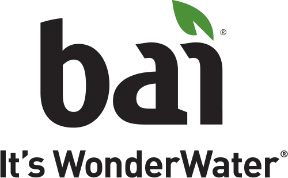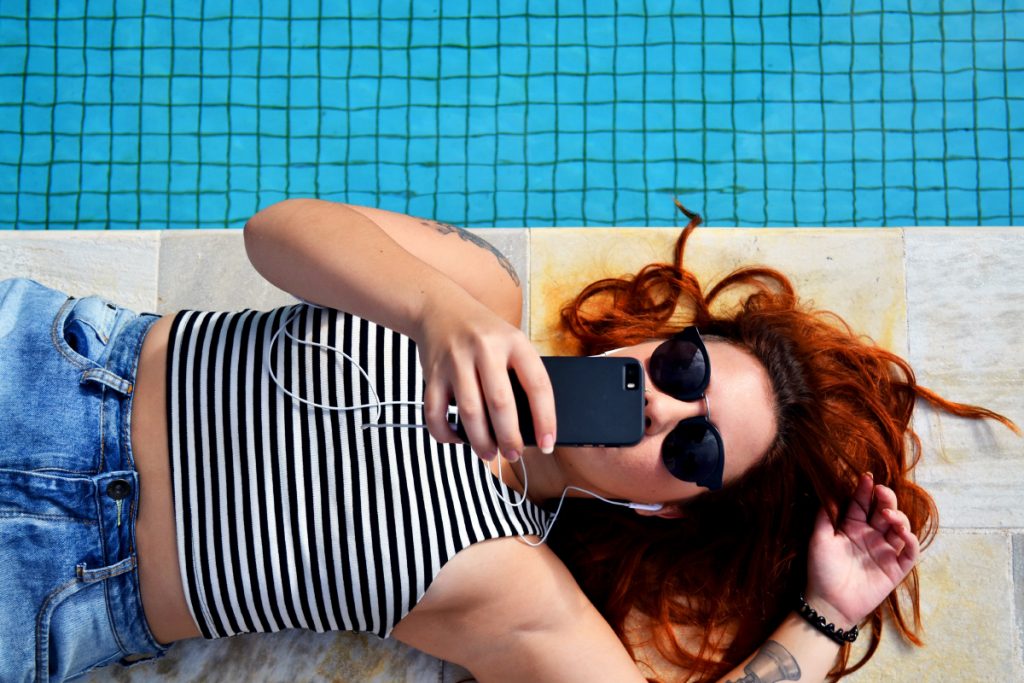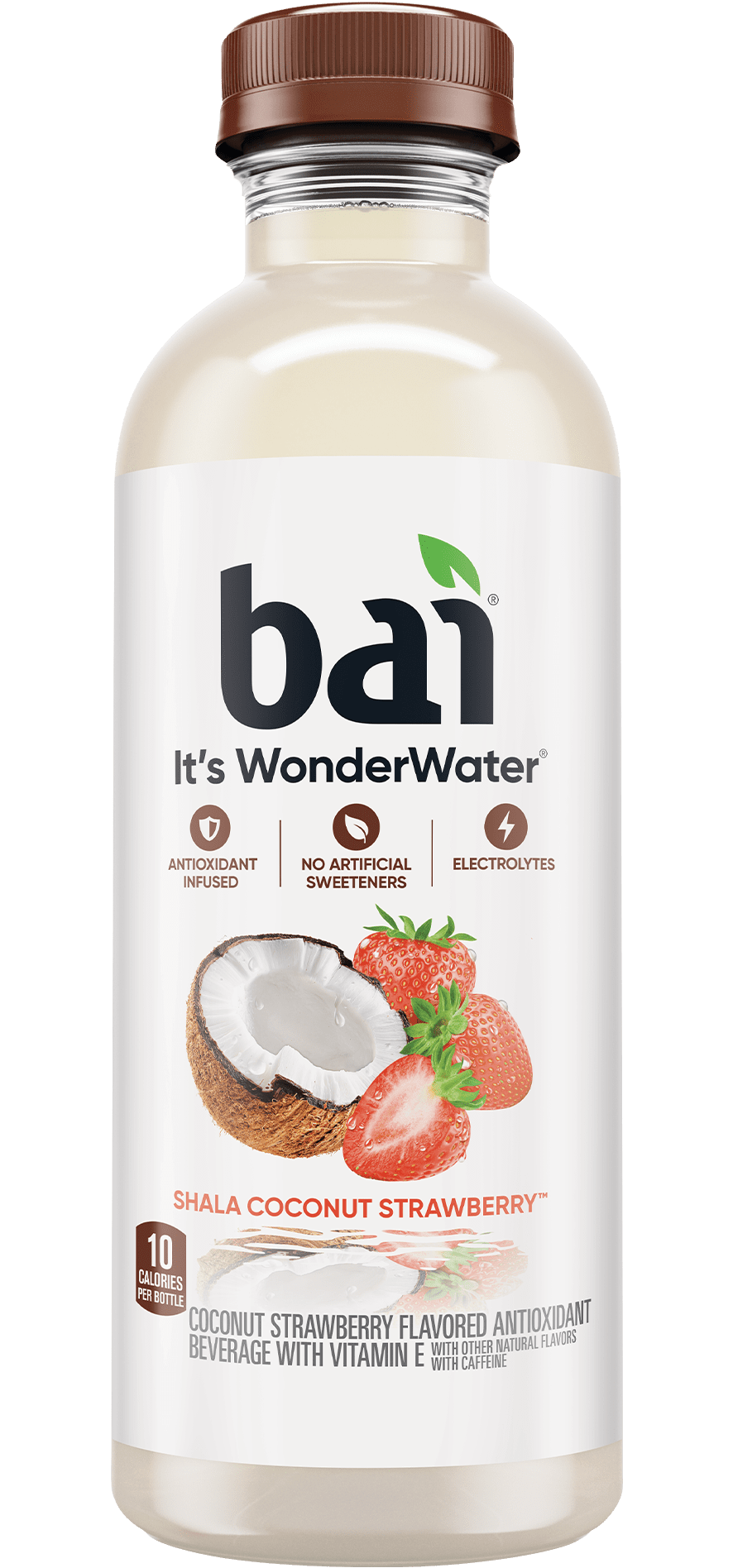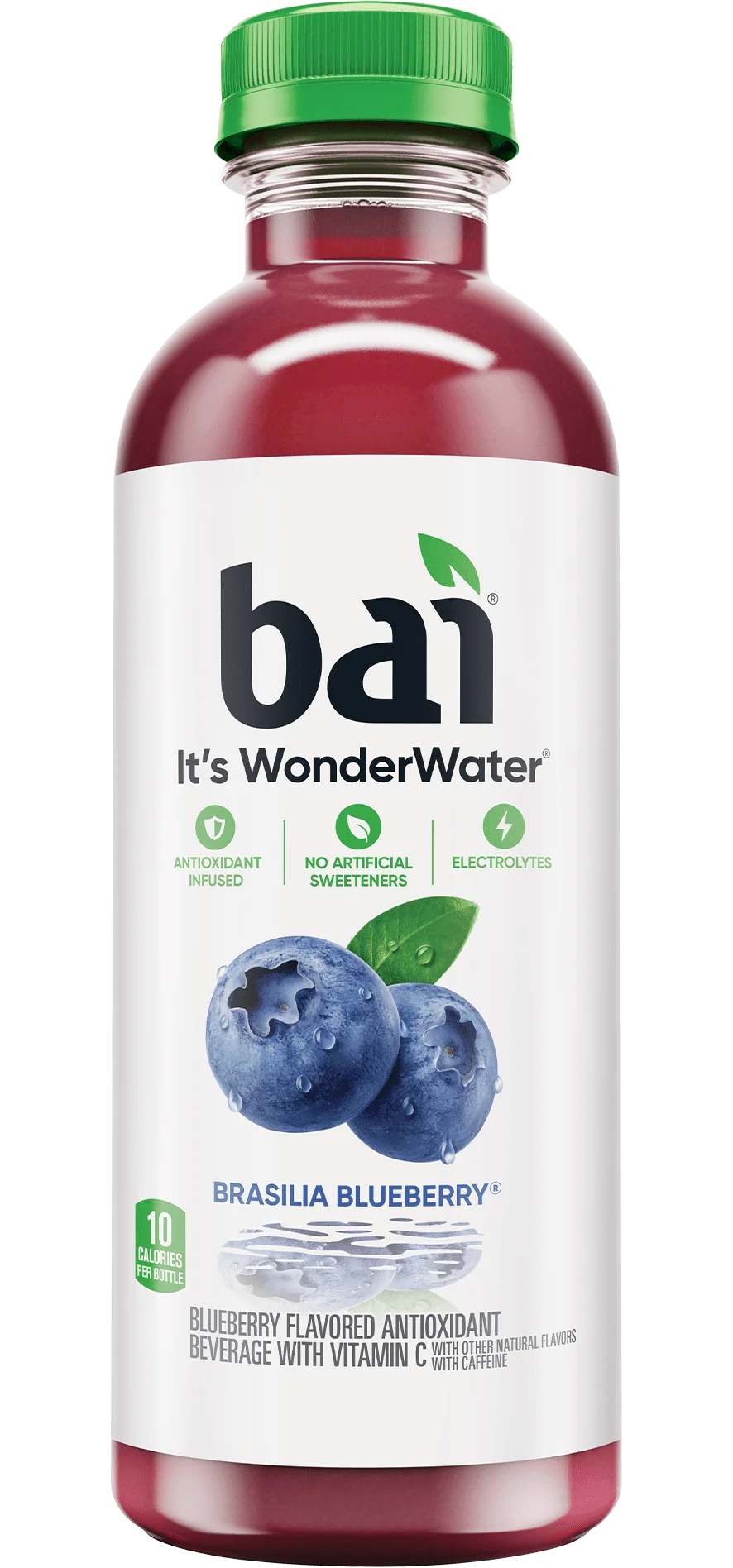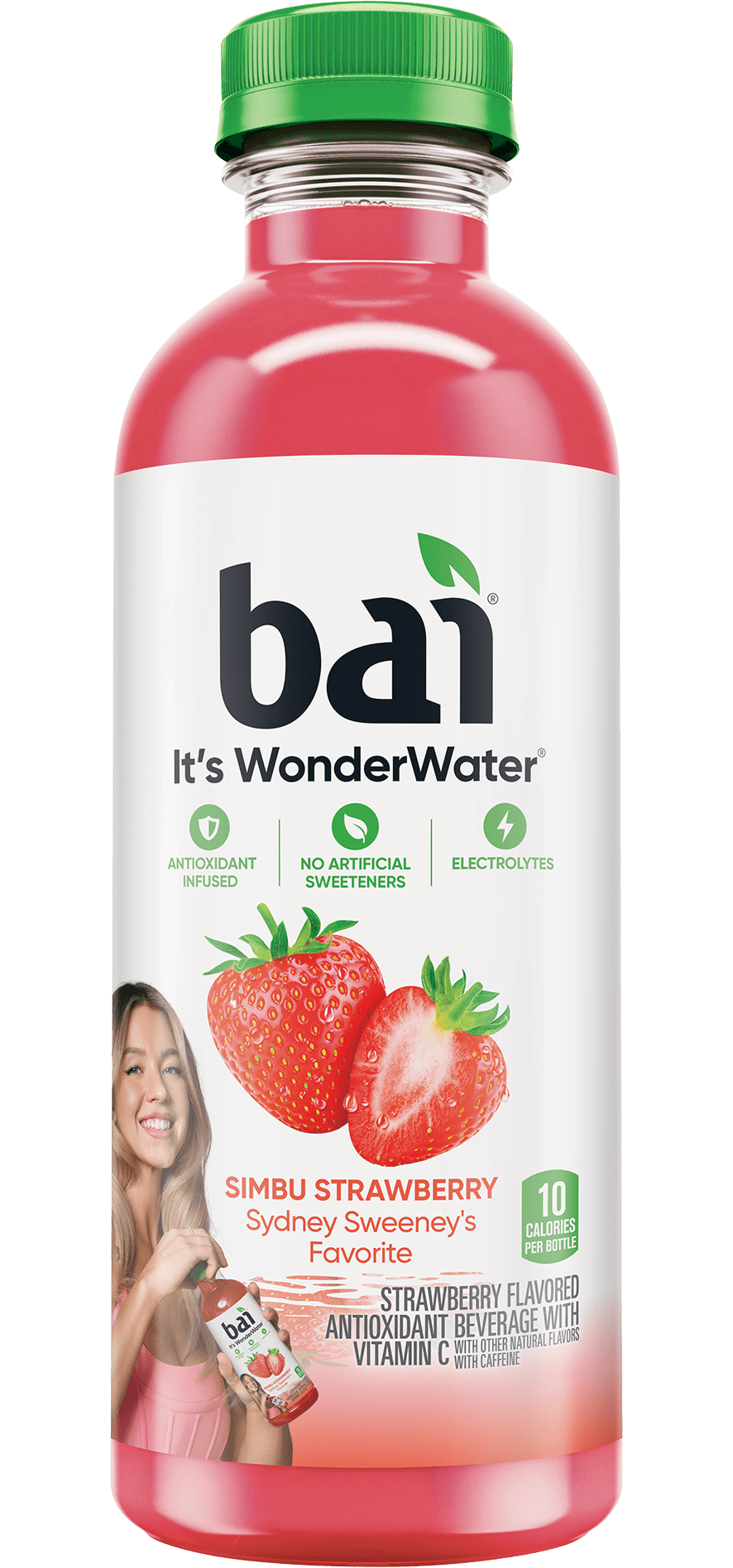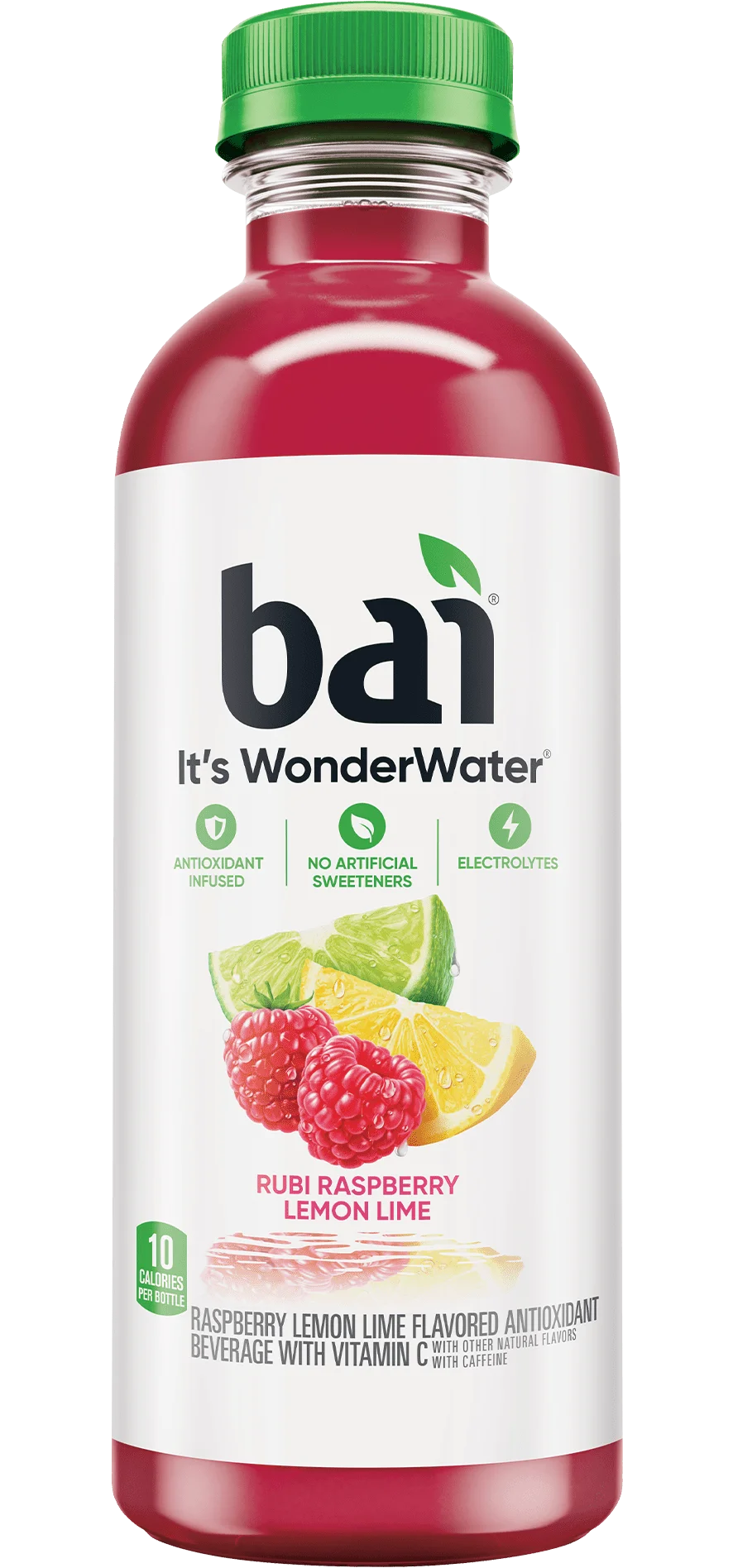Stress is a fact of life. Things don’t go our way, deadlines approach and mistakes are made. But there’s a constant in our lives that contributes to headaches more than you realize: technology. Our phones and computers have become vestiges; we don’t even realize the impacts they have on our daily lives because we don’t remember life without them. Trust us, the more you leave your screens in the other room, the more sleep you’ll get and the more smiles you’ll stretch. So if you’re looking for an excuse to not answer that unwelcome nighttime call from your boss, keep reading.
Up All Night
Anyone who’s had a less-than-ideal night’s sleep can testify to the fact that less sleep = more stress. Physiologically, cortisol (which is lovingly nicknamed “the stress hormone”) levels increase significantly after even low levels of sleep deprivation. So what role exactly does technology play in the stress-sleep cycle?
A study out of Sweden found that heavy technology use (measured by time spent in front of a computer and how accessible someone was via cell phone) was associated with an increase of stress and depressive symptoms. Heavy technology users were also more susceptible to sleep and mental disorders than those who used technology less frequently. British statistics show people officially spend more time using technology than they do asleep (8:41 of screen time vs. 8:21 of snooze time, although 8:21 seems pretty generous), and plenty of these minutes are spent physically in bed.
The Multitasker’s Paradox
The beauty of technology is its interface, perfect for performing multiple tasks at once. Listen to your favorite song while reading Yelp reviews and texting your mom back? Easy. But there’s a catch. Multiple studies have found that multitasking actually drains your brain of power resources and can subsequently cause fatigue and even a drop in IQ- a study out of the University of London found that performing a cognitive task while multitasking caused an IQ dip similar to that which comes from pulling an all-nighter. And a worn-out brain is a stressed brain.
Power Down
You have enough stress in your life already, so quit the self-sabotage. When it comes to sleep interruption, the blue light waves that emit from your cell phone screen are the real evil doers. Blue light mimics that which comes from a sunny, clear sky in the morning. In turn, your brain thinks it’s daytime and overrides your “it’s 9pm, time to get sleepy” mechanism (aka prevents the production of the sleep hormone melanin). Apple acknowledged this process in a recent iPhone update, which turns ‘night shift’ on at a designated time to filter out blue light, making the screen appear more yellow. If you’re a nightly computer user, similar apps like Flux can help you filter out the bedtime blues. Ditto with just wearing yellow-tinted glasses. Your best bet, though, is to give your screens a bedtime 30-60 minutes before your own to allow for optimal melanin production.
When it comes to daytime technology use, make a conscious effort to perform and complete one task at a time. If you find yourself stumbling over your multitasking tendencies, guides like this one from the podcast Note to Self can help to declutter your life, brain and phone one day at a time.
And always remember- life will go on even if you don’t catch up on all your social media. Try to spend the time you typically designate to scrolling through feeds doing your favorite stress-relieving activities instead.
